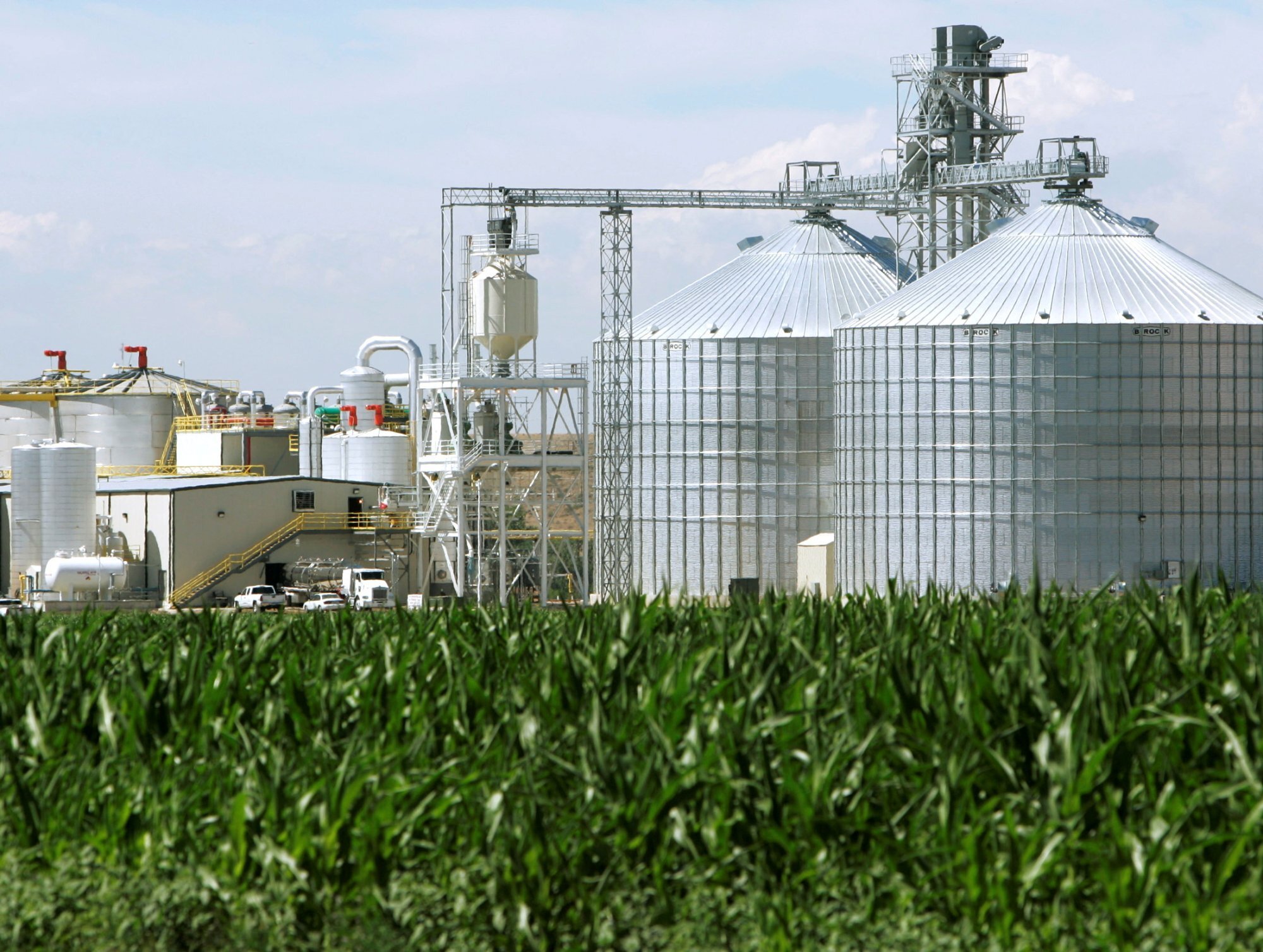
As Russia’s war in Ukraine threatens global food supply, Asia needs a rethink of biofuel push
- To produce clean energy, Biofuels use crops that could be put to better use for the food market to offset surge in prices triggered by invasion in Ukraine
- Soaring food and fuel prices put millions at risk of hunger with families unable to afford a basic meal
As food commodity prices surge at the fastest pace in a decade, experts are warning that policymakers in Asia and elsewhere will soon have to grapple with urgent questions about the use of biofuels.

Russia was the top wheat exporter in 2018 and Ukraine the fifth largest, according to World Bank data.
Thomas Mielke, executive director of ISTA Mielke GmbH and publisher of Oil World, which provides global market analysis, said “a new debate about biofuels versus food” emerged in the aftermath of the Ukraine invasion.
Asia faces food shortages as Russia-Ukraine fighting hits shipments
Amid the current food crisis and inability of consumers in developing economies to afford the high prices of edible oil, there was increasing demand for biofuel mandates to be reduced, Mielke said.
Doing so, he said, would reduce “consumption of vegetable oils in the energy sector, and [make] available a larger part of the current insufficient edible oils for the food market”.
Close to a quarter of edible oils and fats are used for biofuels, said leading commodities expert, James Fry, chairman of agribusiness consultancy LMC International.
“If governments were really concerned, it would be possible, in theory, to take oils from the biofuels and make it available for food,” Fry told This Week In Asia on the sidelines of the 33rd Annual Palm and Lauric Oils Conference & Exhibition 2022 this month.

“That would be one possible way of lessening that effect of high edible oil prices because it is the same product,” said Fry. “The question is, will the policies adapt?”
Mielke warned that the current food price inflation had the potential to create “social disorder” in hard-hit societies, noting that cash-strapped consumers had cut back on consumption.
Martin Penner of the World Food Programme offered a similar prognosis, saying surging local inflation and high costs of imported energy reduced low-income households’ purchasing power and access to food.
“Soaring food and fuel prices put millions at risk of hunger with families unable to afford a basic meal,” Penner said.
In all likelihood, the lower down a country is in the global wealth pecking order, the greater the likelihood it will be affected, as these societies are unlikely to have mechanisms to shield consumers from price shocks, said LMC International’s Fry.
Many countries have seen production shortfalls the past several months, partly due to weather-caused oilseed crop losses and partly due to reserved farmer selling and smaller than expected oilseed crushings, Mielke said. Palm oil production has fallen short of expectations in Malaysia and Indonesia, reducing export supplies, he added.
Fewer palm oil workers in Malaysia to impact global cooking oil supplies
Dorab Mistry, director of Godrej International Trading & Investments struck a more optimistic tone on food security but was pessimistic about the global economy.
“Palm oil prices may be at or near a peak already. My sense is that prices generally peak in anticipation of critical shortages. So unless the situation in Ukraine deteriorates further, prices are peaking and from here they will plateau for some time. Once hostilities cease, prices will decline,” said Dorab.
He did not believe that “we are not staring at food shortages.”
What are the biggest risks faced by Asia-Pacific economies amid Ukraine war?
“Prices are rising and high prices will lead to substitution and demand destruction,” Dorab said. Demand destruction occurs when a period of high prices or restricted supply causes consumers to look for alternatives.
“We should never underestimate human ingenuity and resourcefulness,” said Dorab, adding that people in “price sensitive markets of Asia and Africa” had shown themselves to be resilient.
Nonetheless, he opined that the world economy would slip into a recession during the second half of 2022 as the overall impact of the war in Ukraine on the Russian economy and the world economy “is quite dramatic.”

As for what’s to come for the region amid the current crisis, Mielke noted governments had begun taking steps to reduce prices by cutting import taxes, implementing export controls, increasing export taxes or by stepping up releases from government stocks.
Last week, the Indonesian government increased the export levy on palm oil to US$375 a tonne. Under previous rules, the maximum export tax was US$175 per tonne, Reuters reported.
Indonesian authorities have been struggling to control the domestic market for cooking oil, made from refined crude palm oil, after prices surged 40 per cent at the start of the year due to high global prices.
In Indonesia, the simple act of buying cooking oil has turned deadly
In Malaysia, the price shock involving wheat – of which Ukraine is one of the largest global exporters – has manifested in an increase in bread prices, among other things.
In 2020, 25 per cent of all wheat in Malaysia was imported from Ukraine, the second largest exporter after Australia, according to data from the Ukrainian embassy in Kuala Lumpur.
In 2021, Ukraine was among the top 5 suppliers of wheat to Malaysia.
Ukraine is also the main supplier of sunflower oil to Malaysia. In 2020, the Eastern European country supplied 48. 5 per cent of Malaysia’s sunflower oil needs, and in 2021 that figure was 57 per cent, according to the embassy.
Additional reporting by Reuters


